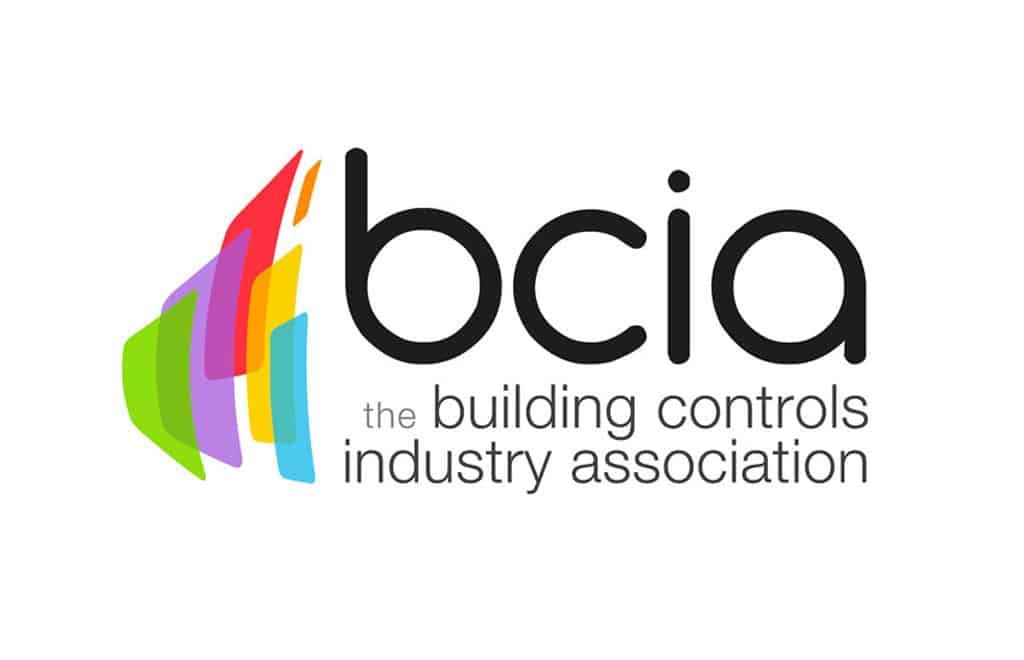Take Five
After introducing the BCIA’s Corporate Plan, President Graeme Rees outlines its five strategic priorities as agreed with members.
In my last blog I gave a brief introduction to the BCIA’s Corporate Plan, summarising the organisation’s aims for the next three years. In developing the plan with members, it has been important to fully understand and respond to the industry issues impacting members, now or in the future. We have also sought to understand what BCIA membership means to member companies and what we need to deliver in order to add the greatest value to the sector and their businesses.
The challenges and opportunities that are relevant to members are those where greater impact and progress can be made as a unified voice. Through a focus on these priorities we can ensure we are responding to those things that will make the biggest difference to the success of our members and in turn the industry. As a result, our core focus and delivery approach has been built on five strategic areas:
Ensuring Building Controls is a career of choice, with ongoing progression, learning and development
Increasing the value placed on Building Controls
Placing Building Controls at the heart of policy and legislation
Enabling technology transfer, best practice and collaboration
Ensuring the BCIA remains a relevant association serving its members and the industry Enabling technology transfer, best practice and collaboration
For each strategic priority we have stated an overarching vision of what we would like to achieve in the next five to 10 years.
Career of choice
The first strategic priority is very topical at the moment, as school and college students will have recently received their exam results, with many considering their next career steps. Some will go on to further education, others may already have a job lined up, while others may still be unsure what their next step is. It’s perfectly normal, of course, to not have a definitive idea of what you want to spend your life doing and it is a daunting time for anyone at that age. The good news is that the choice of options and opportunities is broader than it has ever been.
The Building Controls industry is currently undersold and is not a widely known career option at entry level. As a result, the industry is suffering from talent shortages in the same way many other industries are, however, the profile of Building Controls generally, and with academia, is low. The BCIA aims to change this by championing the industry as a career of choice, with clear career pathways and accessible routes to learning.
One of our goals is to make the Building Controls industry stand out as an attractive career choice and then follow on from that by providing more engagement with students in related disciplines, whatever stage of education they are at, whether it’s T Levels, college or university. We are creating a student membership category which will enable students to connect with potential employers, and member companies can play their part here by setting up meetings to explain the kind of work they do, the diversity of projects they are involved in, and the broad range of roles and disciplines that building controls incorporates, such as tech and software, design, installation, maintenance, commercial and marketing.
Progression pathways
The opportunities in Building Controls are not limited to school leavers either. There is also potential to recruit individuals looking for a career change, looking for a trade after coming out of the military or other public services, or returning to work after a long period away.
We have already seen some great success with the development of the BEMS Controls Engineer Apprenticeship and other training courses, but there is still a gap in non-technical training and also higher level skills to ensure the industry continues to develop, with clear career progression pathways.
The BCIA will be the organisation that sets the strategic direction for a progressive continuous learning and development framework to support workforce development at all levels. We will also promote the benefits of working in building controls, and highlight the routes and various roles that make a career in the sector challenging, rewarding and at the cutting edge of high-tech engineering. Working with business, we will identify and meet learning, training and skills gaps so that the sector continues to raise the bar in quality and competency standards.
In future blogs I will discuss in detail more of the strategic priorities and how the BCIA aims to deliver on them.
